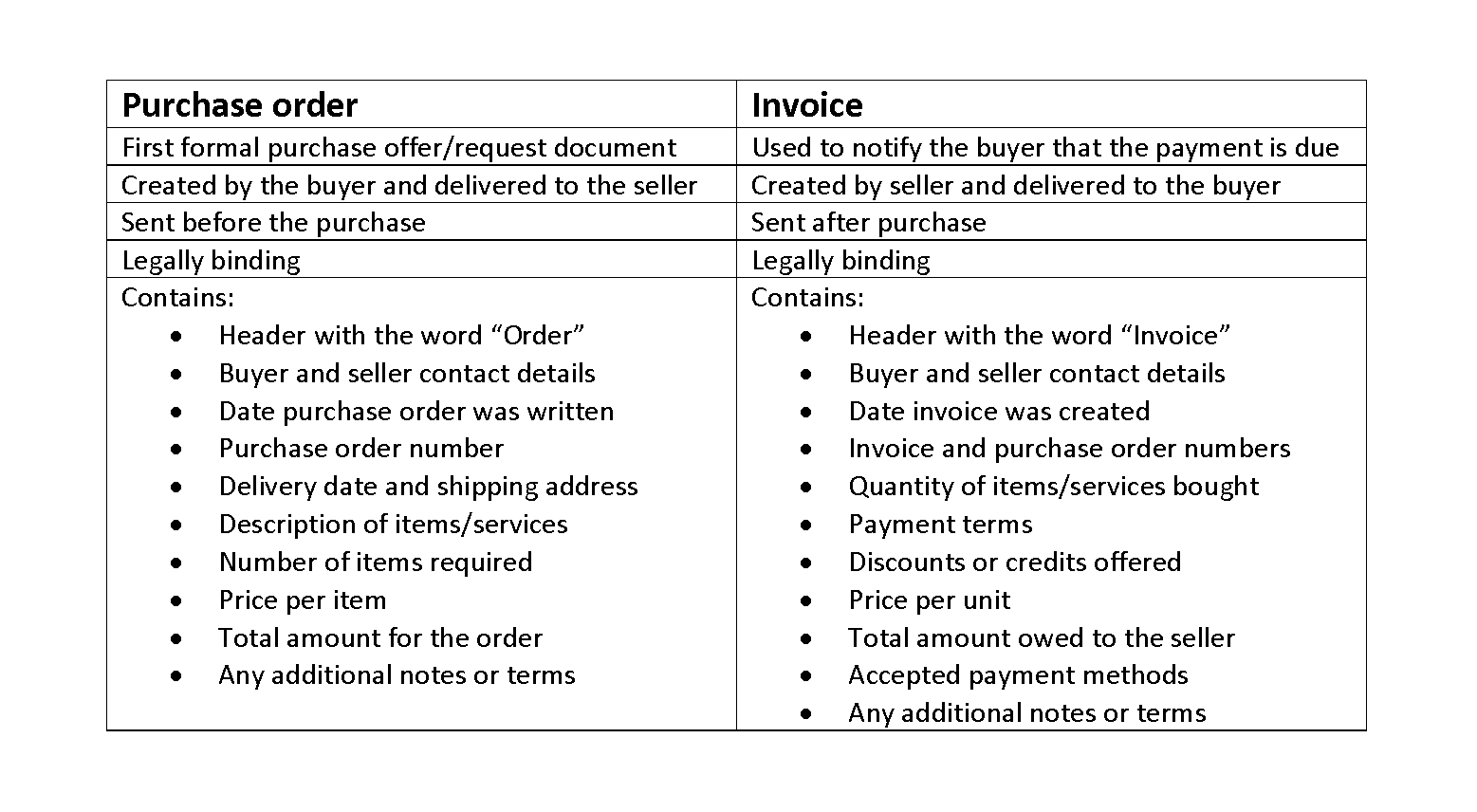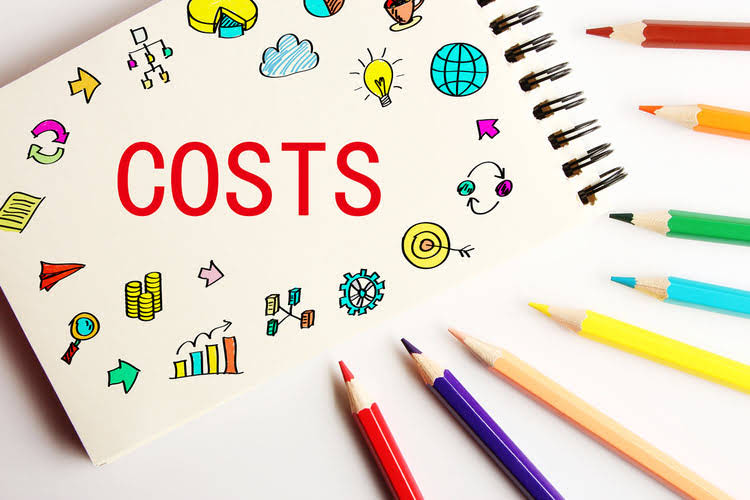
Without proper control, it can lead businesses into financial ruin if not managed properly by management teams who know what’s best trial balance about how much each item should retail for. In the dynamic landscape of the startup ecosystem, the strategic implementation of influencer… Bullet debt is a type of debt financing that allows startups and small businesses to borrow money… In the realm of dental marketing, the advent of data analytics has been nothing short of…
What is Offshore SEO

Understanding conversion costs is essential for businesses as they strive to streamline production processes, improve efficiency, and enhance profitability. Both are essential components of conversion costs, giving a complete picture of the money spent to transform raw materials into finished products. Understanding the importance of conversion costs in accounting is crucial for businesses to accurately assess their operational efficiency and profitability. These costs represent the expenses incurred during the transformation of raw materials into finished goods, providing valuable insights into production expenses. It enables management to evaluate the effectiveness of production processes and identify opportunities for improving productivity.
- The inventory valuation is the cost of the goods that are not sold and remain in the ending inventory, and it is reported as a current asset in the balance sheet.
- Many businesses find themselves overwhelmed by the complexities of search engine optimization.
- In today’s fast-paced digital world, it’s crucial for businesses to stay ahead of the curve and find innovative ways to capture their audience’s attention.
- These two terms refer to different ways of measuring the expenses incurred in producing and selling goods.
Grow Your Business Plumber PPC?

Automated systems can quickly process data and generate reports, reducing the likelihood of errors and saving time. As mentioned earlier, outsourcing production can increase transportation costs. This can be a significant expense if the outsourcing company is far from the contract manufacturer.
SEO for CBD: Optimizing Strategies

If the business is focused on the Budgeting for Nonprofits intensive conversion of raw materials to products, then conversion costs can give better results. In contrast, if the business regularly invests a big chunk of its expense on raw materials, Prime costs can provide a better overview. Both provide an overview of the company’s expenses that affect the production process and help the company make favourable financial decisions. Direct labor and direct materials, as their names indicate, are costs directly related to the production process.
- Link building is like the secret sauce of SEO – it’s what makes your website stand out in a sea of online content.
- When the component costs and the conversion costs of a product are combined, they represent a lower threshold value at which the product is generally sold.
- Or maybe you’re looking for a more efficient way to target your audience with precision and accuracy.
- Conversion cost is essential in budgeting and planning for a manufacturing business.
- In the digital age, where consumers are bombarded with countless advertisements and brand messages,…
- Businesses generally employ several metrics to monitor these critical factors.
- Conversion costs reflect a company’s total amount spent converting raw materials into fully-furbished products.

Alternatively, the company may reduce the conversion cost by implementing cost-saving measures, such as automation, to maintain the current price point. A cost allocation system can help a company distribute indirect costs to each product based on a predetermined allocation method. For example, indirect costs such as rent, utilities, and insurance can be allocated based on conversion costs the space each product occupies in the manufacturing plant. Technology has made it easier to share information about conversion costs with stakeholders. Automated systems can generate reports that are easy to read and understand, making it easier to communicate with investors and other stakeholders about how costs are being managed.
